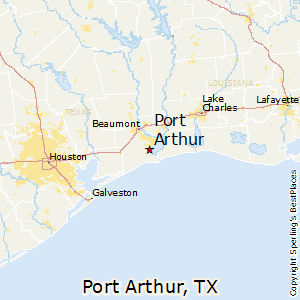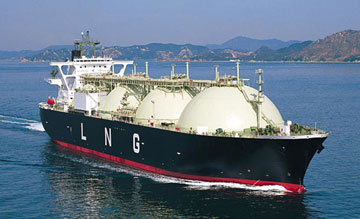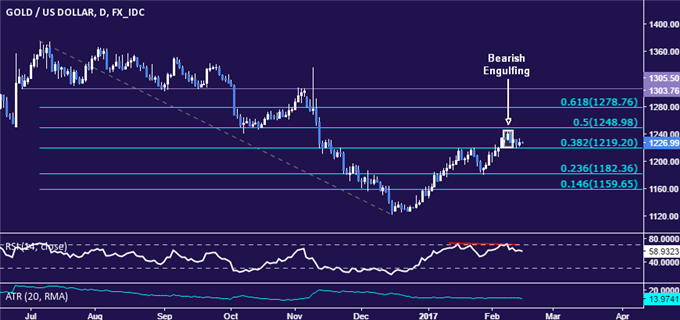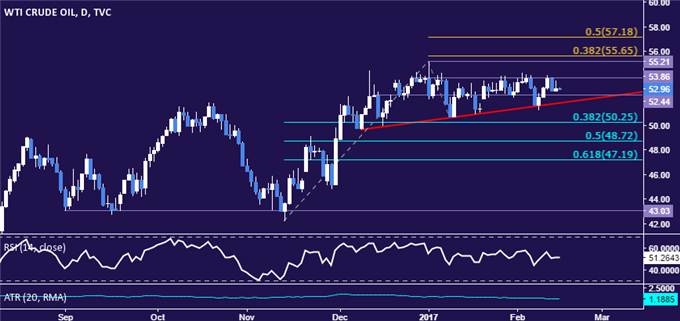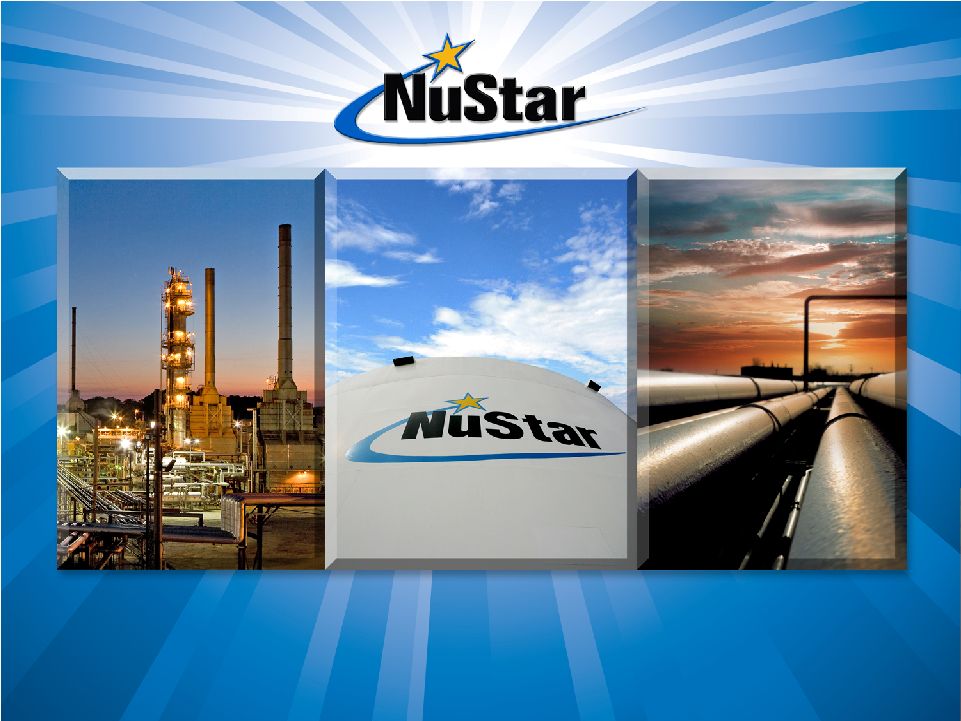VLCC owners have had a more positive week than first feared.
A sharp fall in rates, due to ample supply of newbuildings, brought a flurry of outstanding February cargoes in the MEG, Fearnleys reported.
As newbuildings and ‘older’ ladies were fixed, sentiment changed and rates even showing firming tendency.
February is more or less covered in the MEG but steady activity in W Africa for March is keeping momentum up.
Rates have stabilised for now but OPEC cuts will eventually have an effect on activity.
Suezmax owners were under extreme pressure over the past week, as rates eroded and earnings dipped below $15,000 per day.
The position lists have grown after a quiet 2nd decade in W Africa and there was only limited enquiry in the Med and Black Sea.
Collectively it seems that owners have gathered themselves and decided that they will resist any further rate erosion.
Early this week, TD20 found its level at WS72.5 and TD6 was at WS80. The heavy Black Sea delays normally experienced at this time of year failed to materialise, but all eyes are on the Baltic, where the ice is building and will pull in the Ice Class tonnage looking to capitalise.
The outlook for the coming week is steady across the board but charterers should be aware of stealth fixing currently picking off preferential tonnage.
As expected, the market softened in the North Sea and Baltic, and rates are currently hovering around bottom levels. On a positive note, it has been rather busy so far this week, and with ice is building up in the Baltic and more ships leaving the area, we could see rates improve in the 3rd decade of the month, the broker said.
In the Med and B Sea, more cargo activity was seen than expected, mostly caused by charterers negotiating almost three weeks ahead in the B Sea, trying to secure ships at less than WS100.
This created a tighter window towards end of the month ex B Sea, and owners are now holding out for WS102.5-105.
There are still some cargoes left to cover for the month, but we expect charterers to remain calm and keep rates at current levels, as they have time to wait for owners to concede, Fearnleys concluded.
Meanwhile, the LR2 tanker market in East of Suez has been languishing in the doldrums for almost two weeks, Ocean Freight Exchange (OFE) reports.
LR2 rates on the AG/Japan route, basis 75,000 tonnes, nose dived from WS120 at the beginning of January to current levels of WS80. Earnings for a round voyage on the benchmark route are hovering around at barely breakeven levels of $2,000 per day.
A slew of refinery outages, which have lowered CPP exports, as well as a pile up of prompt tonnage in the region, have culminated in the perfect storm.
Around 200,000 barrels per day of mostly unplanned refinery outages in January led to cancelled or deferred export cargoes. Recent refinery fires and technical issues in the UAE (Adnoc’s Ruwais refinery), India (HPCL’s Visakhapatnam refinery), Indonesia (Pertamina’s Balikpapan refinery), and Japan (TonenGeneral’s Wakayama refinery) have tightened supplies of refined products in the region, pushing up product cracks and lowering exports.
In particular, the backwardated Asian naphtha market is facing reduced supply on the back of lower Western arb volumes, as well as Indian exports, weighing on freight rates.
February inflows from the West are expected to come in at 900,000 tonnes, down by 40% from last year, while March volumes are likely stand at 1 mill tonnes, around half of last year’s volumes.
This month’s Indian naphtha exports are expected to account for around 280,000 tonnes, down by 26% year-on-year. The commissioning of Reliance’s 2.2 mill tonnes per annum aromatics PX plant in this quarter may further dampen Indian exports.
Strong Asian diesel demand and lower supplies kept the East/West arb closed, leading to less vessels transiting the AG/Europe routes, in return pressurising LR2 rates. Rates for the AG/UKC route plummeted to a multi-year low of $1.25 mill.
The Asian LR2 segment is facing a lengthy list of prompt tonnage, with around 40 LR2s available for loading in the AG in the next three weeks. At least 18 newbuilds are expected to be delivered this quarter, which is likely to drag down freight rates.
The worst does not seem to be over. With upcoming peak refinery maintenance in Asia over March and April, there is room for LR2 rates to soften further unless there is an influx of cargoes, OFE warned.
In the charter market, brokers reported that Dong-A had fixed the 2000-built VLCC ‘DS Valentina’ for four months at $28,000 per day. Shell reportedly took the 2000-built VLCC ‘Maran Regulus’ for 12 months at $19,000 per day, plus profit sharing.
Phillips66 was thought to have fixed the 2013-built Suezmax ‘Almi Sun’ for 12 months at $22,000 per day, while unknown interests took the 2007-built ‘Bergina’ for two years at $16,000 per day and SK Energy fixed the LR2 sisters ‘Pro Triumph’ and ‘Pro Alliance’ for three years each at an unknown rate level.
The 2009-built LR1 ‘Jag Amisha’ was said to have been fixed to BPCL for four months at $14,000 per day, while the MR ‘Falcon Nostos’ was reported fixed to ST Shipping for six months at $13,250 and Statoil was said to have taken the 2011-built MR ‘Luctor’ for 9-12 months trading at $12,950 per day.
Recent deliveries include Bahri’s VLCC ‘Amjad’ from Hyundai Heavy Industries (HHI).
‘Amjad’ was handed over to Bahri at HHI’s Mokpo shipyard in South Jeolla Province, South Korea, on 7th February, 2017.
She will be operated by Bahri Oil, one of Bahri’s six business units.
A trickle of newbuildings were reported recently by brokers, including a VLCC for Kyoei at Namura for 3Q19 delivery and unknown interests contracting two Aframaxes at Sumitomo for June and September, 2019 deliveries.
Fukujin Kisen also reportedly ordered one, option, one MR at Hyundai Mipo Vietnam for 2018 delivery.
In the S&P sector, brokers reported that the 2006-built Aframax ‘Athinea’ had been sold to Far East interests for $21 mill.
In the MR segment, banks were believed to be behind the sale of the MRs ‘CPO Japan’ and ‘CPO Korea’ to Champion Tankers for $18.7 mill and $17.3 mill, respectively.
Union Maritime was said to have snapped up the 2004-built sisters ‘Energy Pride’ and ‘Energy Protector’ for $13.6 mill each. The 2008-built Handysize ‘Gandhi’ was reported sold to Leon Shipping & Trading for $15 mill.
Leaving the fleet were the 1992-built Suezmax ‘Chryssi;’ believed sold to Indian interests for $327 per ldt ‘as is’ Fujairah and the small MR ‘Lobato’, built 1993, sold to unknown breakers ‘as is’ Rio de Janeiro for $220 per ldt.

